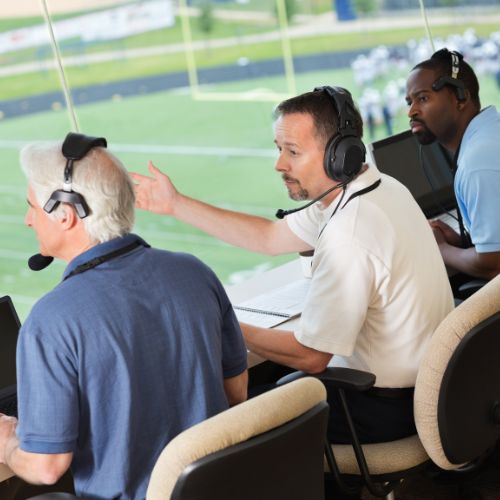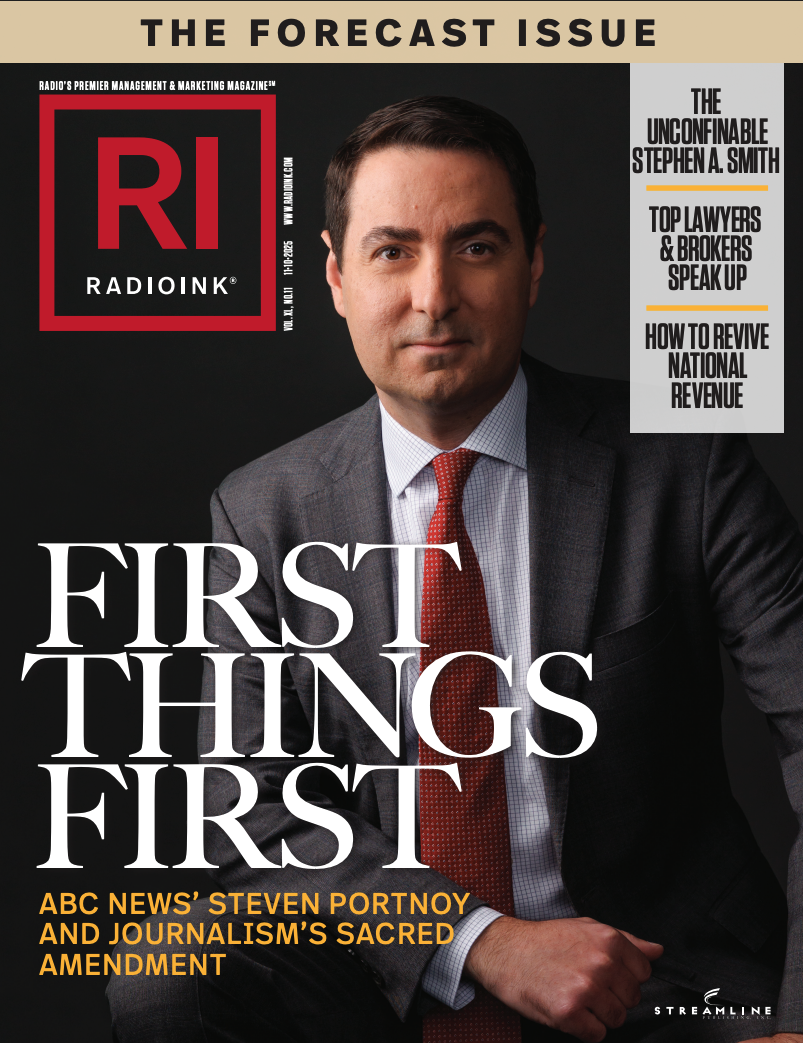
Sports fans are the exception to media’s rule, and AM/FM radio is still their home field. As podcasts chase headlines and streaming stumbles, new research from Harker Bos Group’s Crowd React Media shows radio remains an unrivaled playmaker in sports audio.
According to the State of Sports Media 2025, the survey of 775 US adults found that 67% listen to sports audio programming, be it commentary, analysis, talk shows, or play-by-play. Of those listeners, 59% say they tune in via traditional radio. Podcasts, despite high visibility in industry circles, trail behind at 36%.
Crowd React’s researchers note that while podcasting remains a viable format, its reach is overstated. Flagship shows like The Pat McAfee Show (32%), Club Shay Shay (28%), and The Dan Patrick Show (27%) have strong followings, but even top podcasts lag well behind radio’s ability to deliver mass audiences. 98% of all sports audio consumers say they listen to play-by-play broadcasts, and 97% tune in for commentary and analysis, formats where radio remains deeply entrenched.
“Forgetting radio in a multimedia marketing campaign is a mistake,” the report warns, emphasizing that digital metrics and targeting don’t replace the cultural impact and penetration of AM/FM.
Radio’s strength stands out in a media environment where other formats show signs of fatigue. Sports audiences, unlike news consumers, don’t cycle into avoidance. The report notes that 87% of fans pay attention to their favorite sports throughout the season, 83% follow related news, and 72% track trades and deals even in the offseason. That level of engagement is unmatched in other content categories.
But while radio continues to hold ground, other sectors of sports media face turbulence.
Cable television, thought to be on the brink of collapse just a few years ago, showed its first year-over-year growth in regular sports usage since 2022. Streaming platforms, meanwhile, continue to struggle with the costs of sports rights while audiences complain of confusing menus, heavy ad loads, high subscription fees, and fractured access to games.
For all the shifts in platforms and viewing habits, the report makes one thing clear: sports may be changing, but radio isn’t losing its grip.






